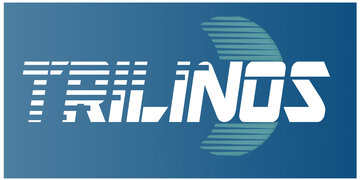Website | Documentation | Mailing List | Packages
The Trilinos Project is an effort to develop algorithms and enabling technologies within an object-oriented software framework for the solution of large-scale, complex multi-physics engineering and scientific problems. A unique design feature of Trilinos is its focus on packages.
-
Trilinos Configure, Build, Test, and Install Reference Guide
-
To ensure appropriate parties receive your issues, please direct issues by mentioning the Trilinos package owners. External users may not mention Github teams, but may mention individual owners instead.
-
For help with a particular package, see the website and accompanying documentation for that package. Links to these can be found down the right side of any page on the website and at the package website.
Trilinos is licensed on a per-package basis. Most packages are now under a BSD license, some are published under the (L)GPL. Details can be taken from the documentation of each package. See COPYRIGHT, LICENSE, https://trilinos.github.io/license.html and individual package, directory and/or file headers for additional information.
We appreciate your willingness to contribute to the Trilinos project. Please familiarize yourself with our contributing guidelines.

